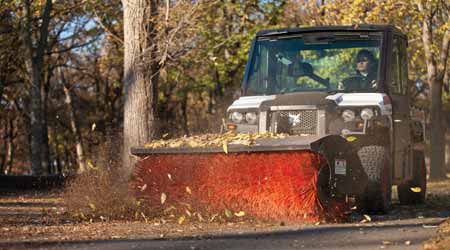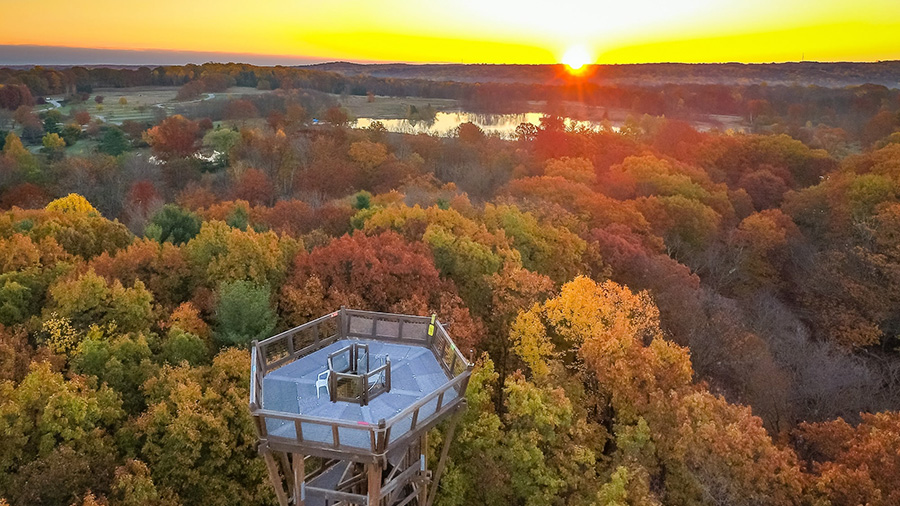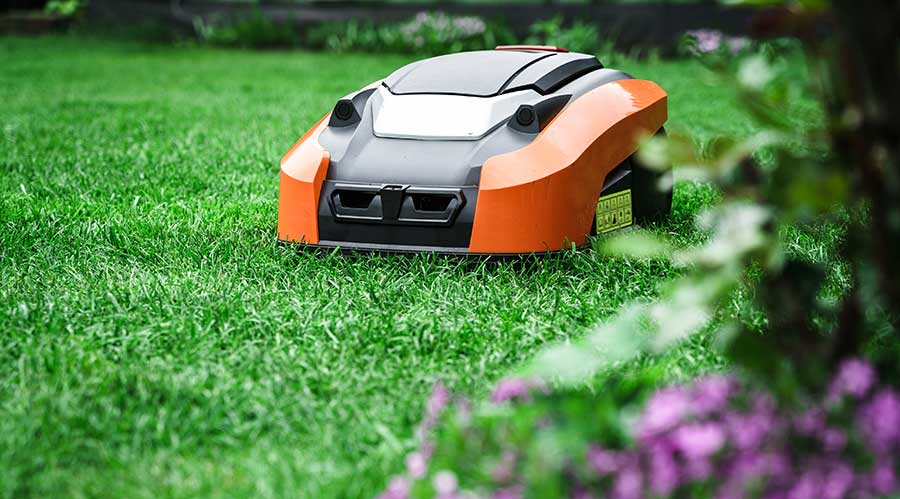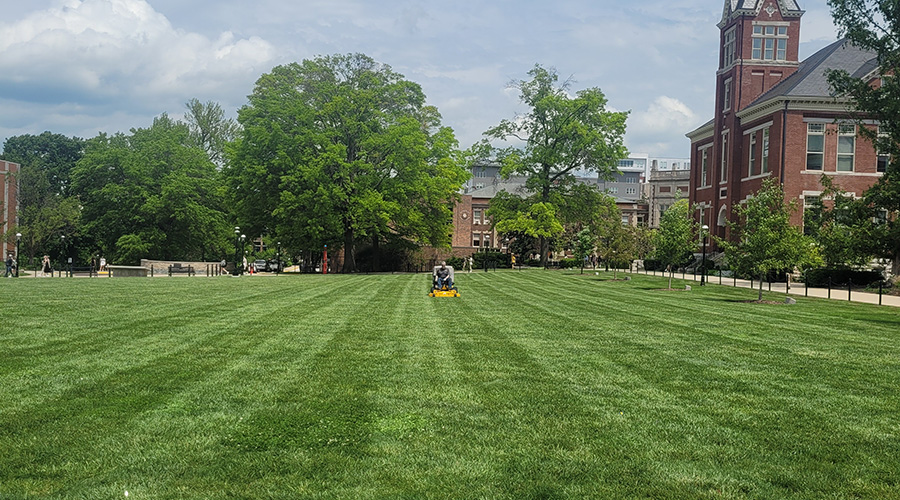 Utility vehicles help technicians with the Cordova Recreation and Park District more efficiently maintain 38 parks covering more than 400 acres.
Utility vehicles help technicians with the Cordova Recreation and Park District more efficiently maintain 38 parks covering more than 400 acres.Grounds: Successful Soil Strategy
Utility vehicle use, water conservation and security issues shape manager’s decisions in maximizing the appearance and health of parks
While many of the challenges facing Dobbs and his department are relatively recent developments, one especially tough challenge has its roots — literally — in California’s Gold Rush.
“This part of California has some of the poorest soils in the state due to the gold mining that took place here two centuries ago,” he says, adding that miners used huge amounts of water to wash away lighter soil components, revealing any gold but leaving cobble stone and gravel. “There might be a little bit of clay in there, but all the topsoil was washed out toward the Bay Area. The soil is definitely the worst in terms of fertility and cation exchange capacity. Every time we irrigate, the water goes straight down into the water table or evaporates, so we lose about 90 percent of the water.”
The strategy that Dobbs came up with arose from his time at Michigan State University.
“I worked with a researcher in Michigan to improve the cation exchange capacity of the soil structure to hold the water in place, as well as any nutrition that we put down,” he says. “Over the years, we’ve been aerating the soil and putting down a charged-carbon product and a hemate product and add nutrition on top of that, and we’ve improved the soil structure.”
After four years, the strategy is paying off for the topsoil and for the area’s parks and residents.
“Initially, root penetration for the grass was about 1 inch,” Dobbs says. “Now, it’s down to about 12 inches. We’re starting to see the charged carbon go all the way down to the bottom of the root system. We’re getting a better stand of turf. In a drought that we had earlier this year, in those areas we treated with charged carbon, 80-85 percent of the park was green compared to the parts that were not treated. Those were totally brown.”
Related Topics:














